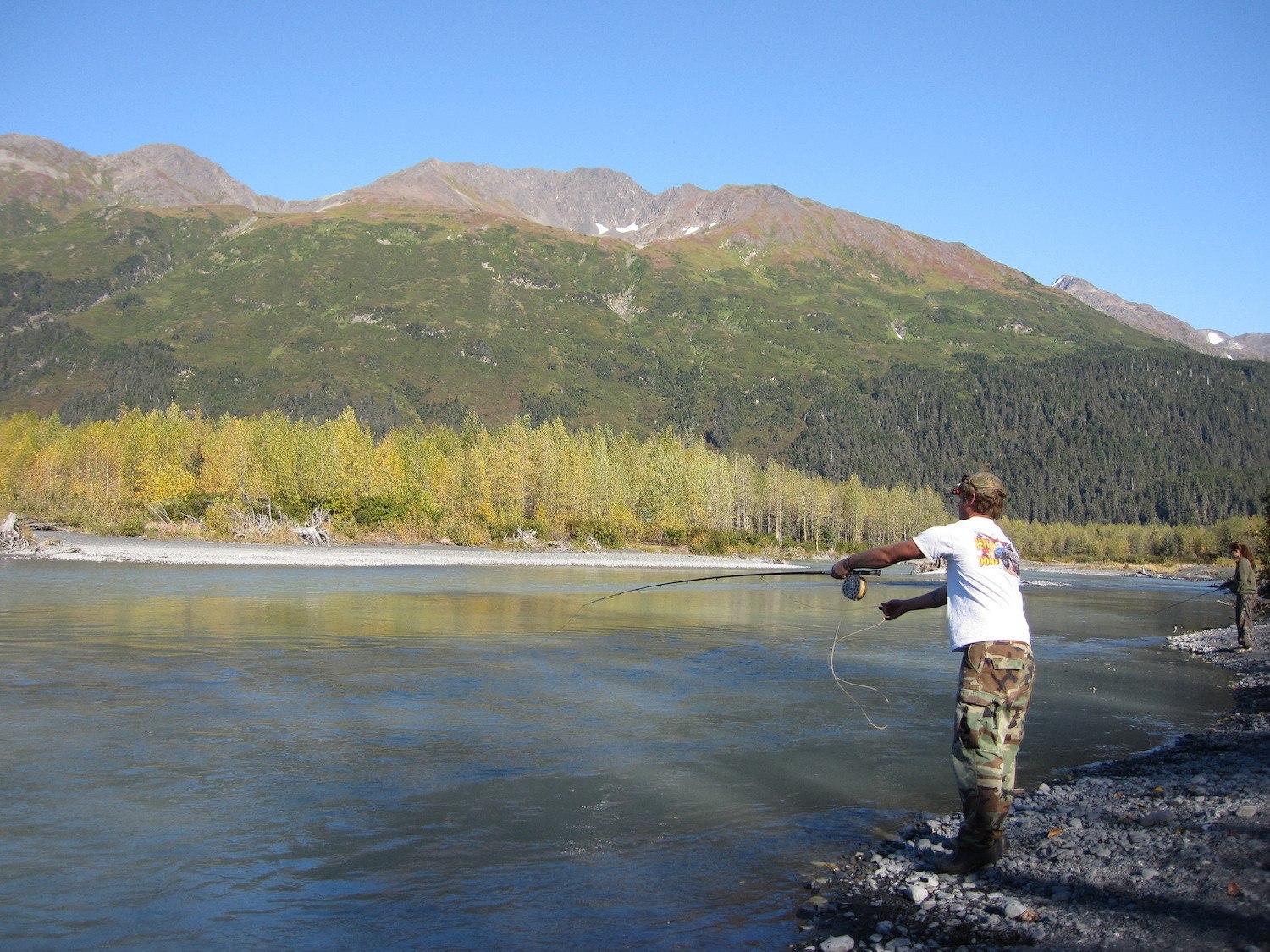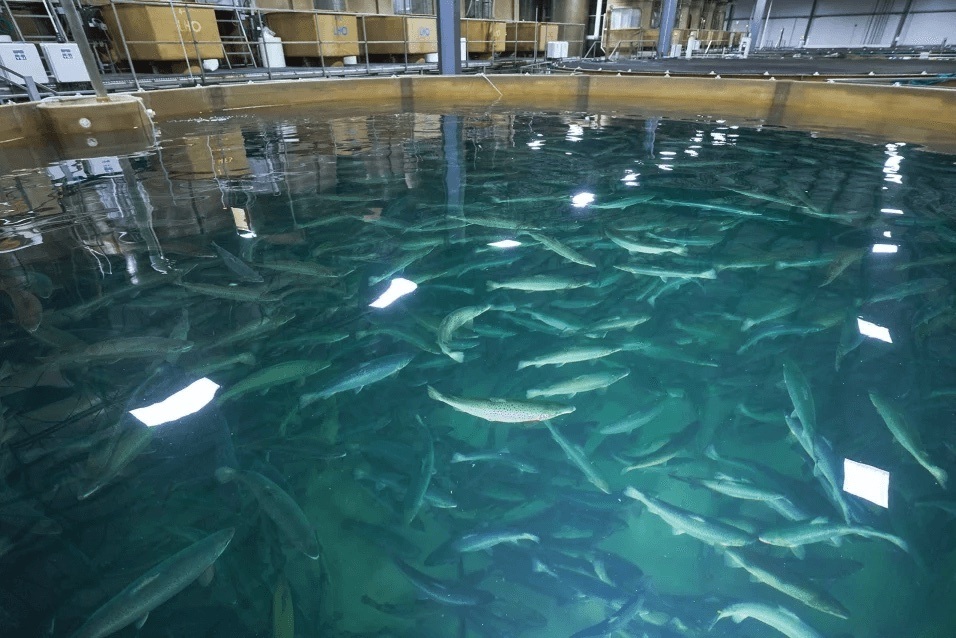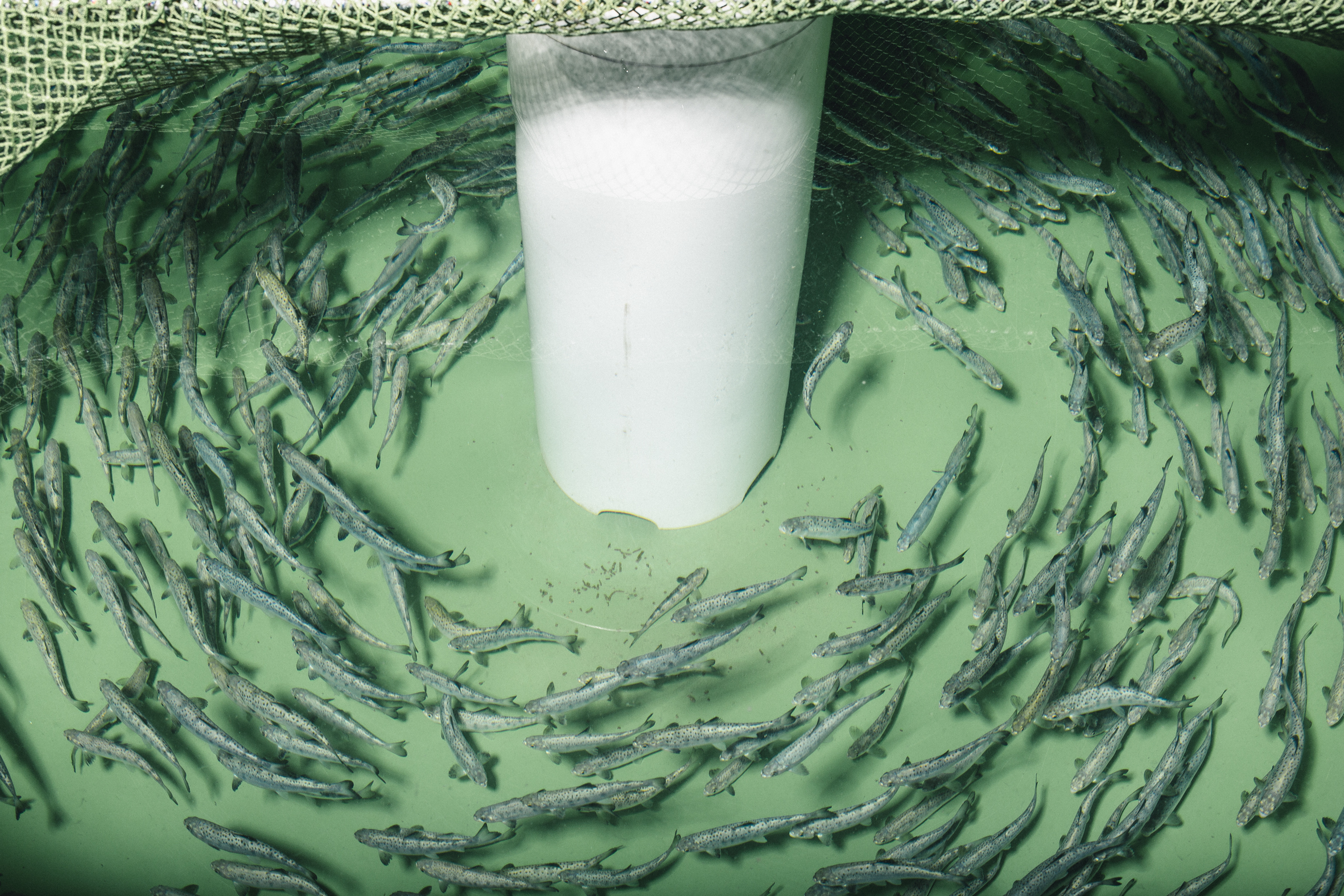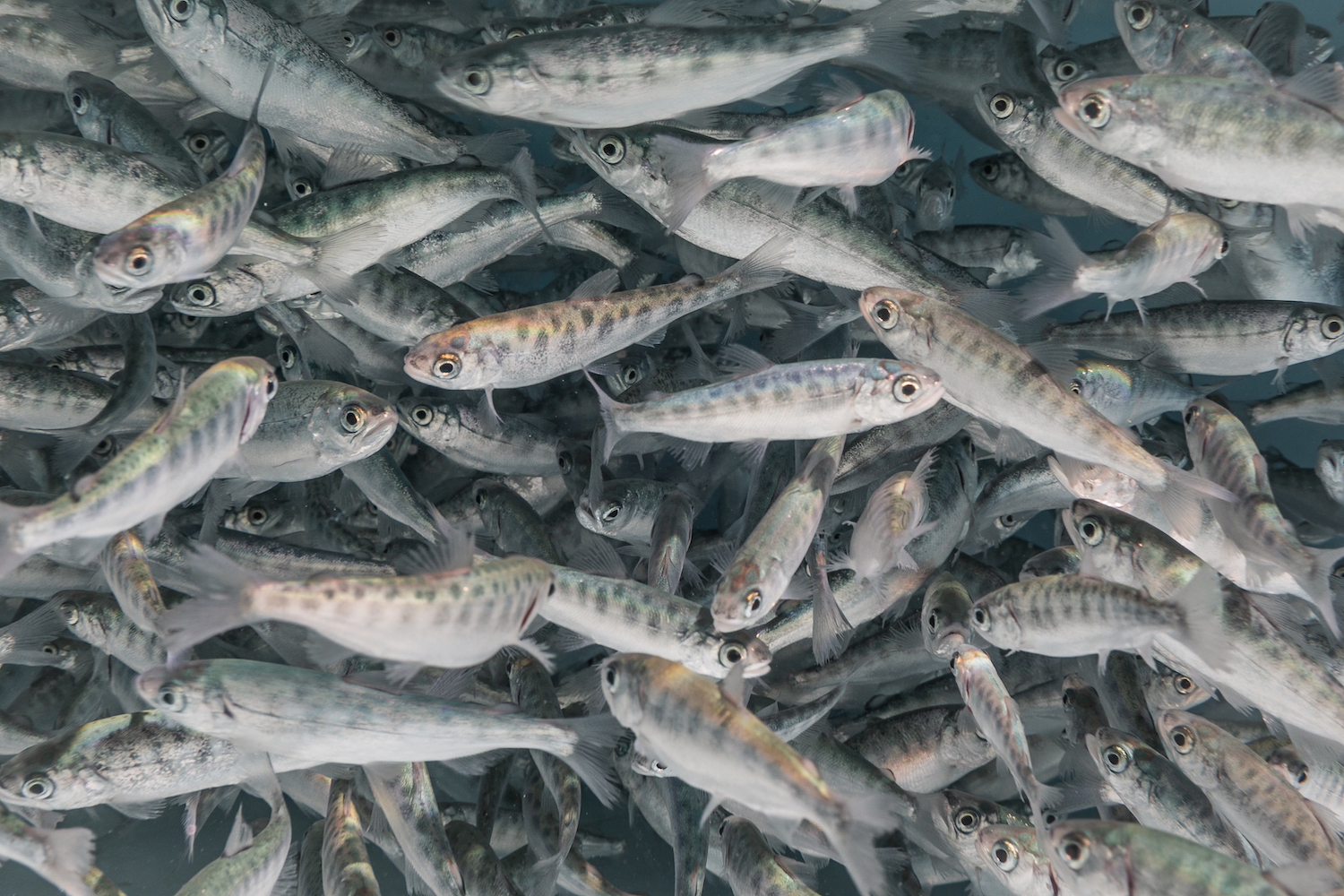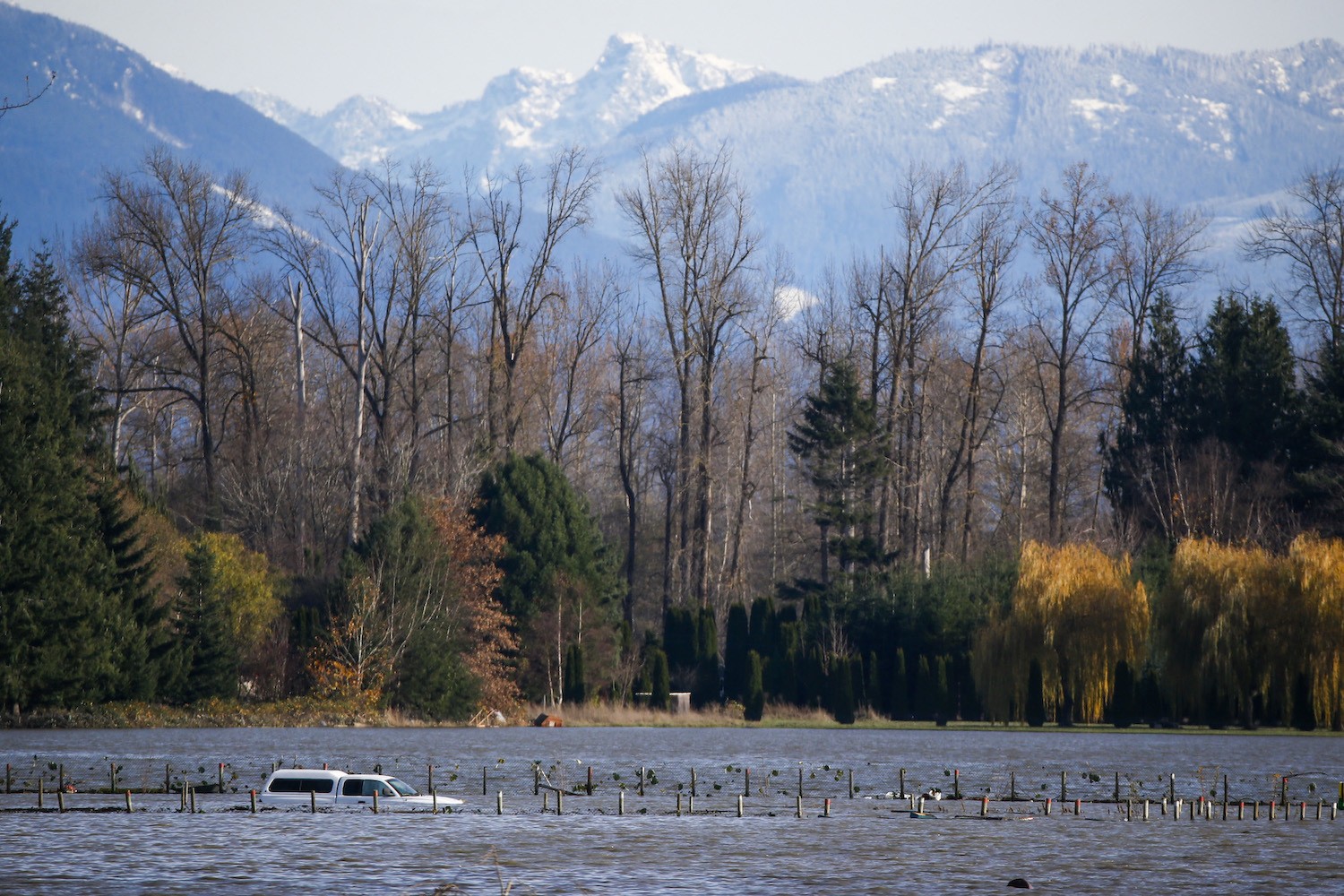Scientists have embarked on an expedition to figure out how a warming Pacific is causing salmon populations to plummet
Alaska’s Yukon River typically sees up to a million chum salmon in its waters each year—last year, that number was only 82,000. A similar plummet was found in Canada’s Fraser River, where a record low of 293,000 sockeye salmon appeared. (It usually sees almost 10 million.) What’s with the decrease? That’s what the largest-ever salmon research expedition in the North Pacific is trying to figure out, reports The Washington Post. Five ships from the U.S., Canada, and Russia are collecting samples and studying ocean conditions across a million square miles. They’re mapping where salmon from different rivers spend their winter months and examining how warming waters are affecting salmon populations. Scientists are already learning a lot simply by gathering previously unseen data on how climate affects the populations of these fish. But there will be gaps in that data gathering. Like so much else right now, the Russian invasion of Ukraine has impeded the expedition—the U.S. government has blocked Russia’s ship from doing research in any of its economic zone waters. —Mike Dang

